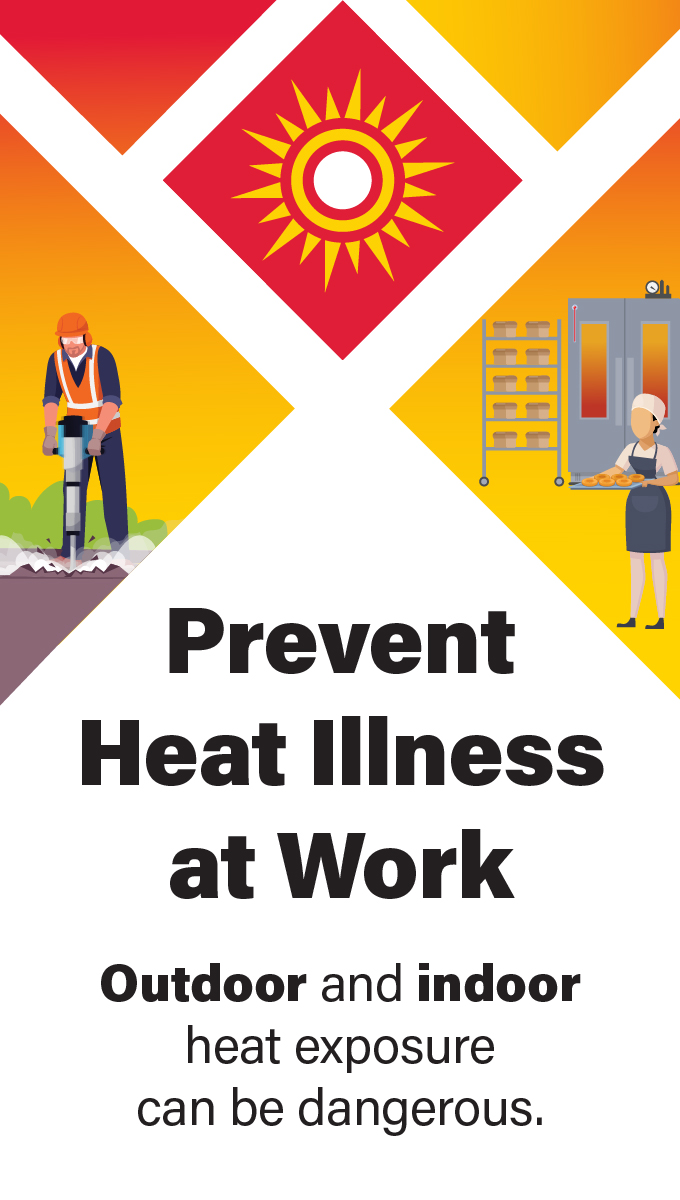Concrete and Concrete Products
Overview
Highlights
- Preventing Skin Problems from Working with Portland Cement. OSHA Guidance Document, (2008).
- Concrete Manufacturing Pocket Guide. OSHA Publication 3221, (2004).
Concrete is one of the most widely used construction materials in the world. Safety issues exist in all phases of concrete production, including the manufacture of portland cement and pre-cast concrete products, as well as during the use of concrete in construction.
This page was developed with input from OSHA's Alliance Program and Strategic Partnership Program participants. It includes information on concrete and concrete product hazards in manufacturing and construction, including relevant OSHA standards, directives, and standard interpretations. This page also identifies some of the major industry segments involved in the manufacturing of concrete and concrete products, and in construction work with concrete. It lists some of the leading workplace hazards for these industries and provides links to safety and health resources for controlling these hazards.
For additional resources to help employers comply with and workers understand OSHA requirements, read OSHA's Employers page.
Standards
The manufacturing sector must comply with specific OSHA standards for general industry and the construction sector must comply with specific OSHA standards for construction.
Industry Segments and Controlling Hazards
This section identifies some of the major industry segments involved in the manufacturing of concrete and concrete products, and in construction work with concrete.


